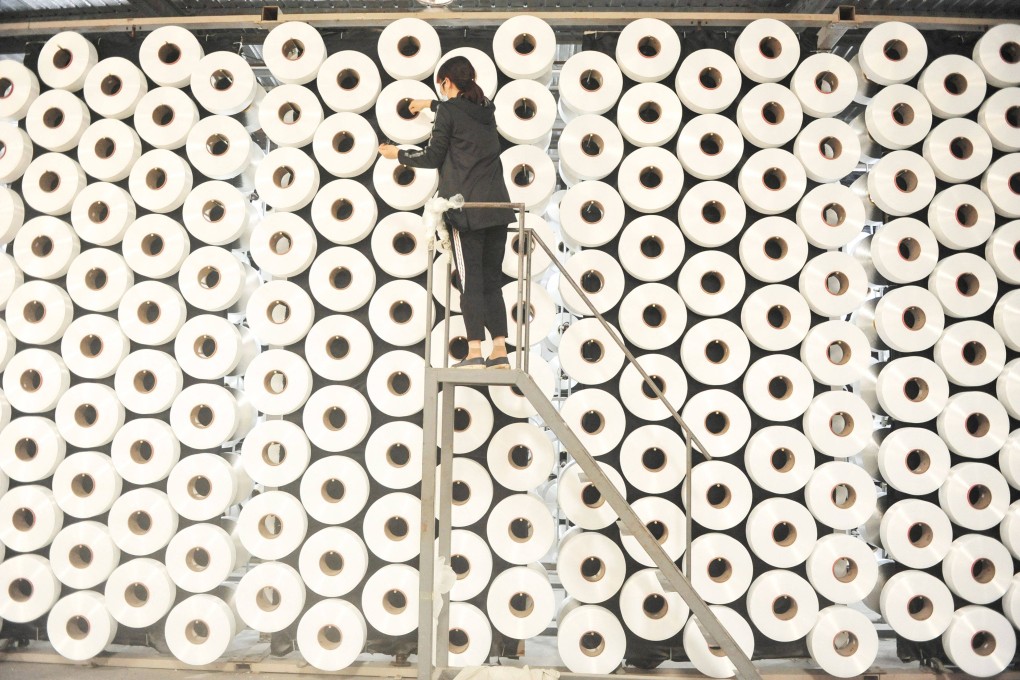Advertisement
The View | How China can make the next great economic leap
- China is on the way to being an advanced economy, having avoided common middle-income pitfalls by keeping savings high, industries upgraded and exports diversified
- But with growth set to slow to 3.8 per cent by 2030, reforms are needed to improve capital investment, smooth out the stock market and better allocate talent
Reading Time:4 minutes
Why you can trust SCMP
2

China’s potential economic growth rate is set to fall as its demographics change. A shrinking workforce in relation to the ageing population and falling birth rate is likely to push down national savings to about 40 per cent of its gross domestic product by 2030.
As a result, and as capital stock – the total value of infrastructure, equipment and other assets used to produce goods and services – accumulates, the annual growth rate of this stock will fall from 7.5 per cent today to 4.7 per cent in 2030. The total labour force growth rate could shrink, from -0.2 per cent to -0.6 per cent.
Given all this, by 2030, China’s economic growth could drop to 3.8 per cent, from a forecast of 5.2 per cent for this year.
This projection assumes that the labour quality growth rate, share of labour compensation and depreciation rate remain constant, and that factor productivity, a measure of economic efficiency, grows at 1.7 per cent per year.
But for today’s China, an annual growth of 4-5 per cent is not low as China is on the verge of becoming a high-income country.
In terms of gross domestic product per capita, China in 2020 was already comparable with South Korea in 1994, Japan in 1970 and the United States in 1950. In the following decade, their GDP per capita grew by an annual average of 5.1 per cent, 3.2 per cent and 1.8 per cent respectively – China can expect to see 4.9 per cent growth between 2020 and 2030.
Advertisement
